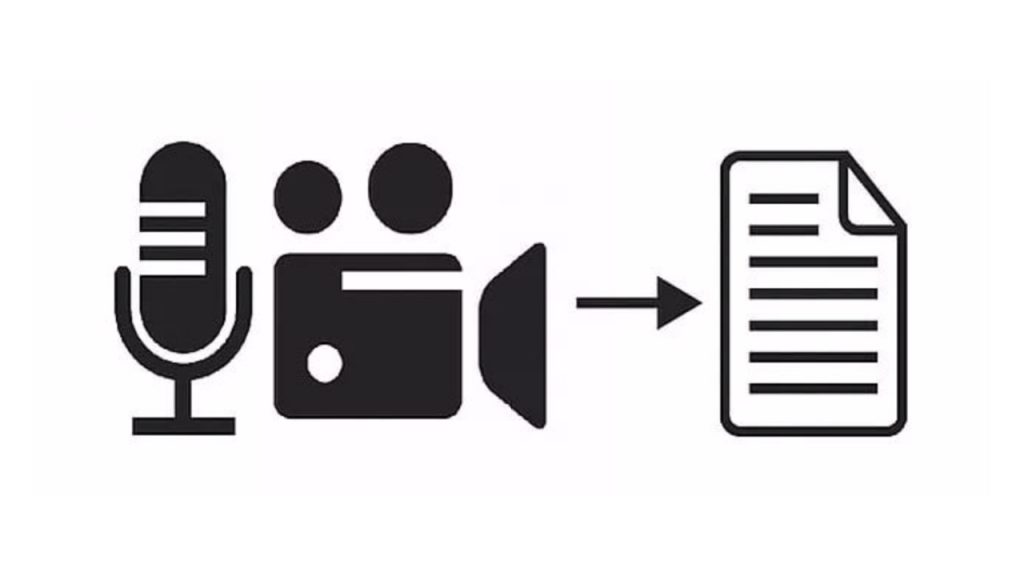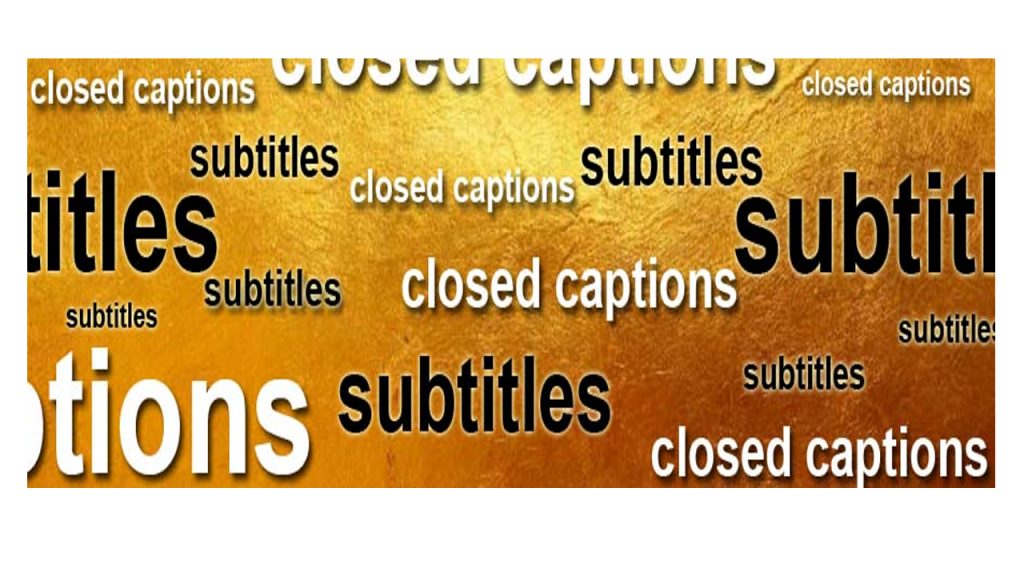Choosing Post-Production Transcription Services
2. Soundbites and Clips
The same principle we described in the paragraph above applies to all clips and soundbites. Let’s say you need to make a presentation and you only have a recording which needs to be edited so that at the end you get interesting clips with uplifting music in the background. A transcript with timestamps will be a real time-savior. Your little project will be done in no time and you won’t lose more time, patience and nerves than necessary. You can focus more on fine tuning and editing of the content, so that in the end you have a perfect soundbite or clip that can go viral on social networks.
3. Scripts of broadcasts
In broadcasting, scripts are often required due to legal compliance or the need to do translations or produce closed captions. Post-production companies can benefit greatly from transcripts since broadcast scripts can be quickly and easily created when there is already a good, precise transcription available. Transcription offer the content in a more accessible, written form, and when you have that, creating a script is much more easier than when you have to start from a scratch, or in some extreme cases, when you have to listen and note down what was said manually, which can be very time consuming and nerve wrecking, especially in the hectic world of media broadcasting, where information is disseminated daily, and being up to date is crucial for the reasonable functioning of the whole enterprise.
4. Regulations, closed captions, inclusiveness
Closed captions are often used, and in some circumstance, they are mandatory, for example if they are part of the FCC authorization process. In case you are a local or state agency you are obliged to comply with the so-called Rehab act which prohibits discrimination on the basis of disability, but there are other regulations with a similar cause, for example the ADA (The Americans with Disabilities Act of 1990).
4. Enhance communication
5. Non-native English speakers

1. Timestamped transcripts
2. Transcriptions of interviews
3. As-broadcast scripts
4. Closed captions and subtitles

First of all, you need to know what criteria there are and what your priorities are. One of the most important things when it comes to transcribing is the accuracy of the transcription. You need to be sure that your transcription service provider works with professional trained transcriptionists who also take the time to edit the text before delivery. Gglot employs a team of skilled transcription professionals who have years of experience in transcribing all kinds of recordings, and who can easily recognize what is important in the recording, and what is just background noise, and can edit the transcript accordingly.
It is also important to mention that in the word of transcribing technology also starts to play a major part just like everywhere else as well. Transcriptions done by a software will be finished in no time, so if you need to get your transcription back within a very short time span, this might be an option. Keep in mind that machine-generated transcriptions probably want be as accurate as the ones done by a human hand. Accuracy is usually expressed as a percentage by transcription service providers. Automated transcriptions offer around 80% accuracy whereas manual transcriptions can be as accurate as 99%. The cost factor plays also an important role here. Manual transcription usually cost more than automated transcription.